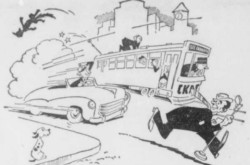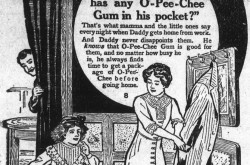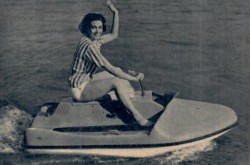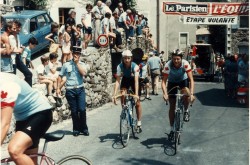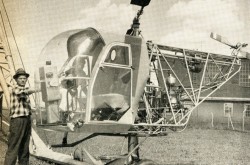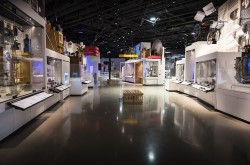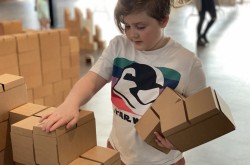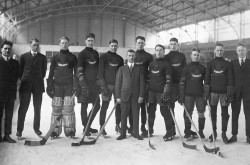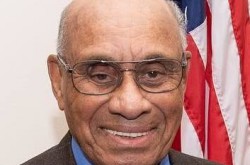Yahtzee
This article was originally written and submitted as part of a Canada 150 Project, the Innovation Storybook, to crowdsource stories of Canadian innovation with partners across Canada. The content has since been migrated to Ingenium’s Channel, a digital hub featuring curated content related to science, technology and innovation.
The identity of the wealthy Canadian couple who came up with the game of Yahtzee may never be known. According to Edwin S. Lowe, the American entrepreneur who began selling the game in the 1950s, the anonymous husband-and-wife originators were more interested in having copies of the game reproduced for their friends than in seeking fame or fortune. They began playing the dice game on their yacht in 1954, and when friends asked for copies, the couple asked Lowe to come on board. They agreed that in return for the rights they would receive a thousand copies of the game to give away as gifts. In 1956, Lowe registered the game under the name Yahtzee, and launched an advertising campaign. Results were abysmal, apparently because the method of play was too difficult to explain in an advertisement. So the seasoned pitch-man (he had made a sizable profit during the 1920s selling Bingo games) began throwing Yahtzee parties to demonstrate the game. Word of mouth spread news about the Game That Makes You THINK While Having FUN! Today, more than 50 million copies of Yahtzee are sold each year.
- The poker-dice game is played with five dice. The object is to win points by rolling them in certain combinations with the ultimate roll, a “yahtzee,” occurring when all five dice show the same number.






